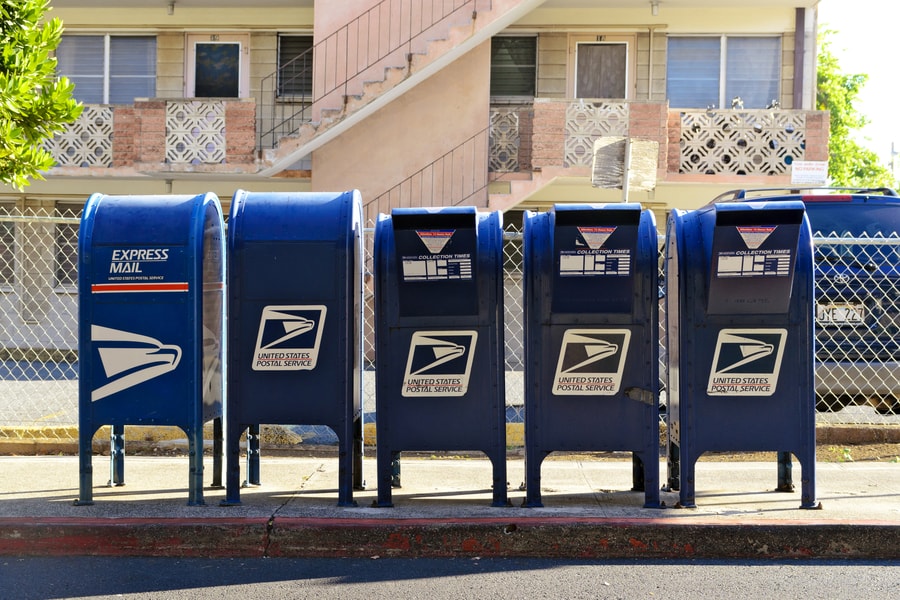What Is The Average Response Rate for Direct Mail Campaigns?
Direct mail is a popular marketing channel used by businesses of all sizes to reach out to their target audience through the mail. While direct mail campaigns can be effective in driving results, one question that many businesses often ask is what the average response rate for direct mail campaigns is. In this article, we will explore the factors that can affect response rates and what the average response rate is for direct mail campaigns.
(Looking for “Print mailing solutions“? Contact us today!)

Factors That Can Affect Response Rates
Several factors can affect the response rate for direct mail campaigns, including:
1. Target Audience: The response rate for a direct mail campaign will depend on the target audience. If the target audience is well-defined, and the direct mail piece is tailored to their interests and needs, the response rate is likely to be higher.
2. Offer: The offer is a critical factor that can impact the response rate. If the offer is compelling and provides value to the target audience, the response rate is likely to be higher.
3. Creative: The creative elements of the direct mail piece, including the design, copy, and imagery, can also impact the response rate. A well-designed and visually appealing direct mail piece is more likely to capture the attention of the target audience and drive a response.
4. Timing: The timing of the direct mail campaign can also impact the response rate. If the campaign is timed to coincide with a specific event or holiday, the response rate is likely to be higher.
Average Response Rate for Direct Mail Campaigns
The average response rate for direct mail campaigns can vary depending on several factors. According to a 2018 report by the Data & Marketing Association (DMA), the average response rate for direct mail campaigns was 4.9% for prospect lists and 9% for house lists. However, these response rates can vary depending on several factors, including the industry, target audience, offer, and creativity.
Industry-Specific Response Rates
The response rate for direct mail campaigns can vary significantly depending on the industry. For example, according to a 2020 report by the Direct Marketing Association, the average response rate for direct mail campaigns in the financial services industry was 5.1%, while the average response rate in the healthcare industry was 3.6%.
Target Audience-Specific Response Rates
The response rate for direct mail campaigns can also vary depending on the target audience. For example, a direct mail campaign targeted at a specific demographic, such as seniors, may have a higher response rate than a campaign targeting a broader audience.
Offer-Specific Response Rates
The offer is one of the most critical factors that can impact the response rate for direct mail campaigns. For example, a direct mail campaign offering a free trial or a discount may have a higher response rate than a campaign with a less compelling offer.
Creative-Specific Response Rates
The creative elements of the direct mail piece, including the design, copy, and imagery, can also impact the response rate. A well-designed and visually appealing direct mail piece is more likely to capture the attention of the target audience and drive a response.
Conclusion
In conclusion, the response rate for direct mail campaigns can vary depending on several factors, including the industry, target audience, offer, and creativity. While the average response rate for direct mail campaigns is 4.9% for prospect lists and 9% for house lists, these response rates can vary significantly depending on the specific campaign. To create an effective direct mail campaign, it’s essential to understand the factors that can impact response rates and tailor the campaign to the target audience’s interests and needs.

